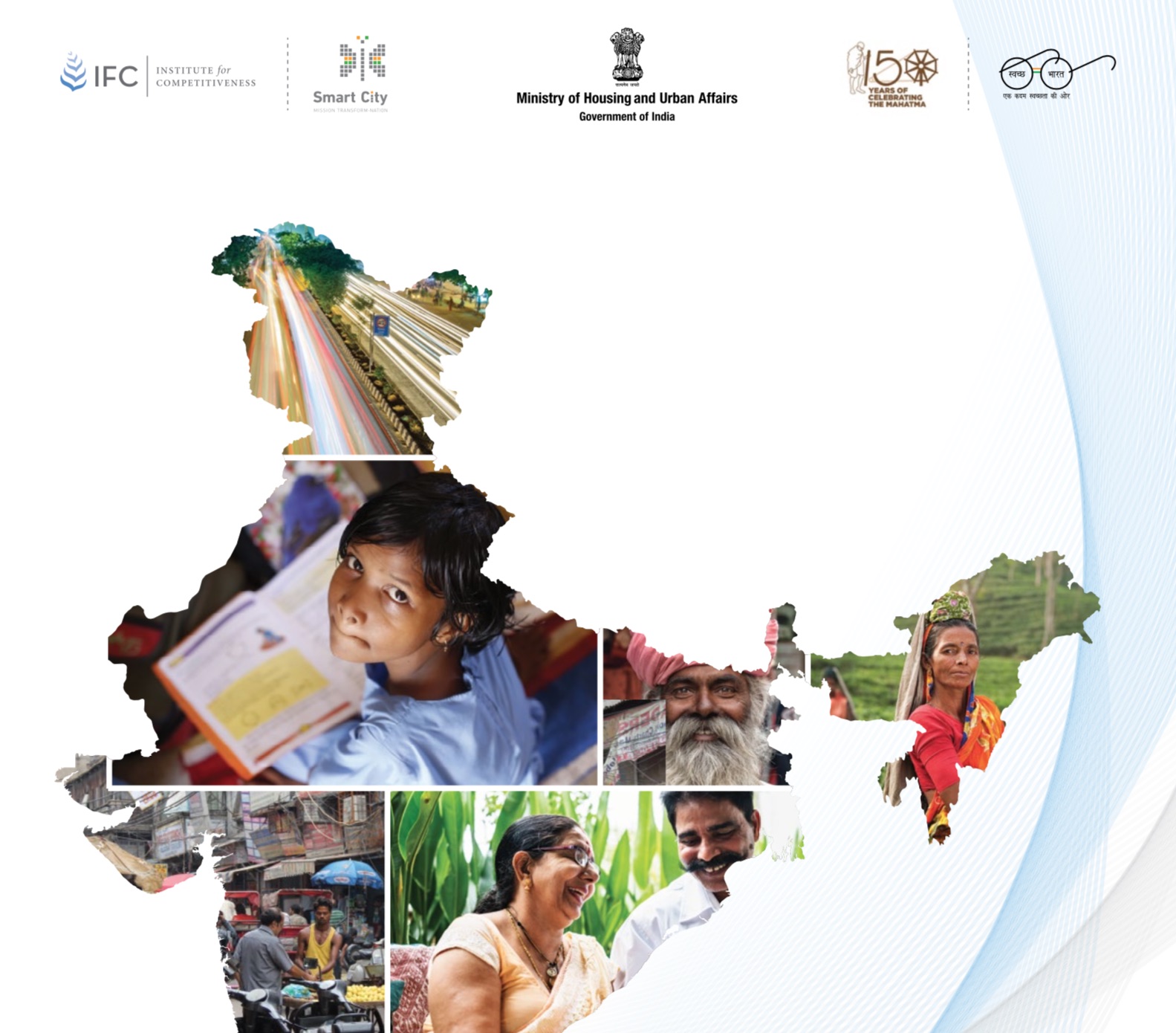Shri. Durga Shankar Mishra
The world is witnessing the largest wave of urbanization. More than 50 percent of the world’s population is now living in the cities. This ratio is expected to rise to 70 percent by 2050. In India, urban areas are currently home to over 31 percent of population and are projected to house more than 40 percent of its population by the year 2030. Also, the people migrating from rural to urban areas have dreams and aspirations to improve their quality of life with better facilities for living and livelihood that includes physical, social, institutional and economic infrastructure.
Ministry of Housing and Urban Affairs, through the flagship initiatives of Smart Cities Mission (100 cities); AMRUT Mission (500 cities); PMAY(U), SBM(U) and NULM (all cities/towns), is well- positioned in taking the lead to develop the cities of India by leveraging the ‘city as a platform concept’ for transformation of the economy and the society. However, India’s exponential urban population growth, coupled with the growing challenges of urban governance in India, requires capacity strengthening in the urban ecosystem across the quadruple helix of society, government, academia and industry, at every level.
While a bouquet of programs and initiatives are being pursued to make this transformation happen, it is important to put in a place a system of data driven governance which truly empowers cities to plan their decisions in real time by being fully aware of the complex interplay between various sectors. With this in mind, Ministry of Housing and Urban Affairs developed the Ease of Living Index in 2018, which has been taken to the next level by launching a more comprehensive assessment framework for Ease of Living 2019.
The Index aims to assess the ease of living of citizens living in the cities across three pillars of quality of life; economic ability; and sustainability, 14 categories (Education, Health, Housing & Shelter, WASH & SWM, Mobility, Safety & Security, Recreation, Economic Development, Economic Opportunities, Gini coefficient, Environment, Green spaces & building, Energy Consumption and City Resilience) and 50 indicators. An important aspect of this assessment is emphasis on collecting quality and reliable urban data through rigorous document check and physical audit. This would imbibe a culture of data driven governance in cities to effectively plan, implement and monitor city services in the future.
An exercise of this scale would not have been possible without the phenomenal leadership and teamwork of officers of the Smart Cities Mission and their supporting partners in designing such a comprehensive Assessment Framework. I appreciate the good work done by them.























